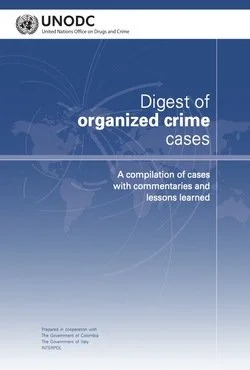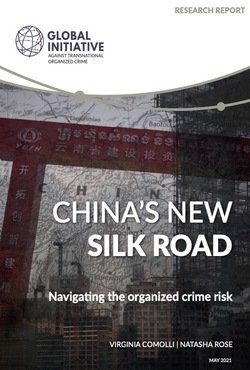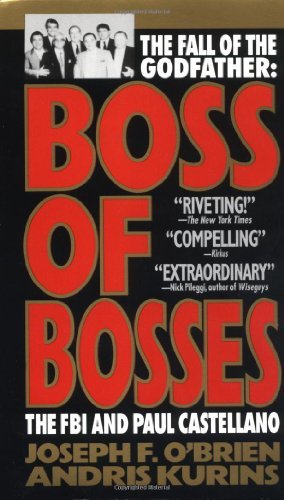By United Nations Office on Drugs and Crime (UNODC)
This is a time for science and solidarity, as United Nations Secretary-General António Guterres has said, highlighting the importance of trust in science and of working together to respond to the global COVID19 pandemic. The same holds true for our responses to the world drug problem. To be effective, balanced solutions to drug demand and supply must be rooted in evidence and shared responsibility. This is more important than ever, as illicit drug challenges become increasingly complex, and the COVID-19 crisis and economic downturn threaten to worsen their impacts, on the poor, marginalized and vulnerable most of all. Some 35.6 million people suffer from drug use disorders globally. While more people use drugs in developed countries than in developing countries, and wealthier segments of society have a higher prevalence of drug use, people who are socially and economically disadvantaged are more likely to develop drug use disorders. Only one out of eight people who need drug-related treatment receive it. While one out of three drug users is a woman, only one out of five people in treatment is a woman. People in prison settings, minorities, immigrants and displaced people also face barriers to treatment due to discrimination and stigma. Of the 11 million people who inject drugs, half of them are living with hepatitis C, and 1.4 million with HIV. Around 269 million people used drugs in 2018, up 30 per cent from 2009, with adolescents and young adults accounting for the largest share of users. More people are using drugs, and there are more drugs, and more types of drugs, than ever.
Vienna: UNODC, 2020. 64p.




















